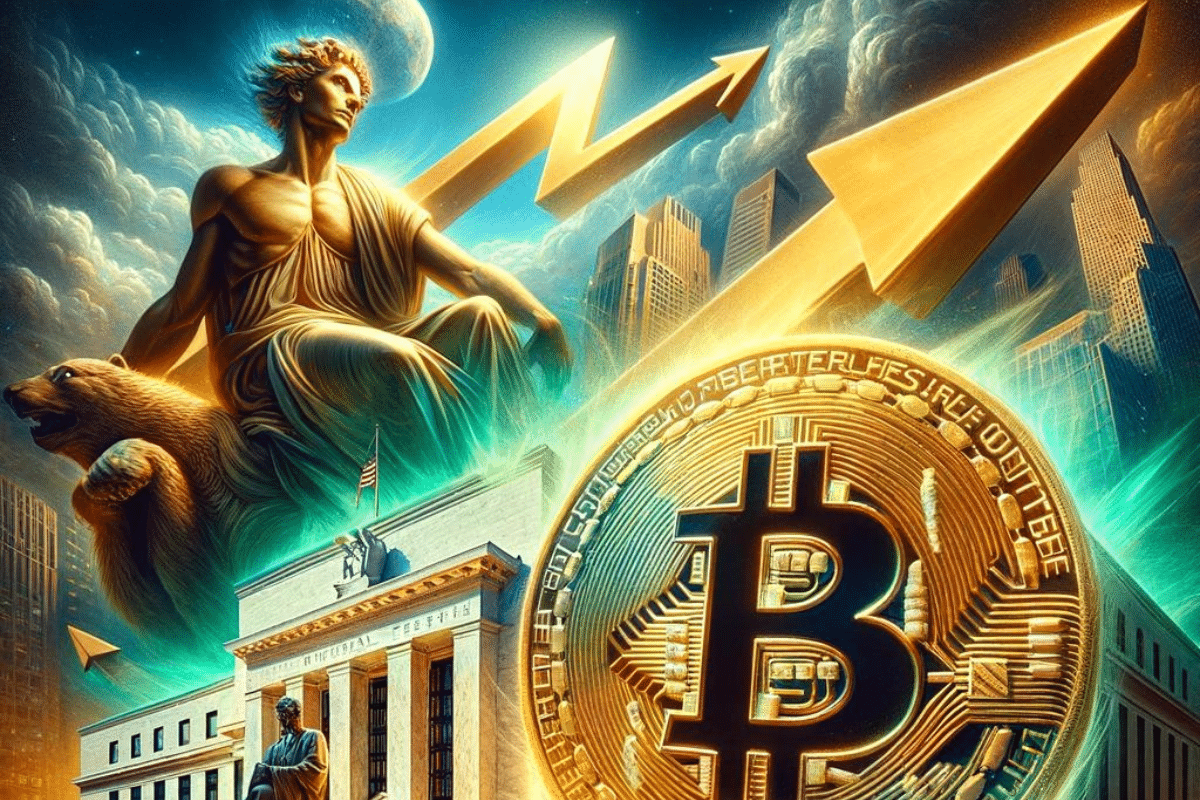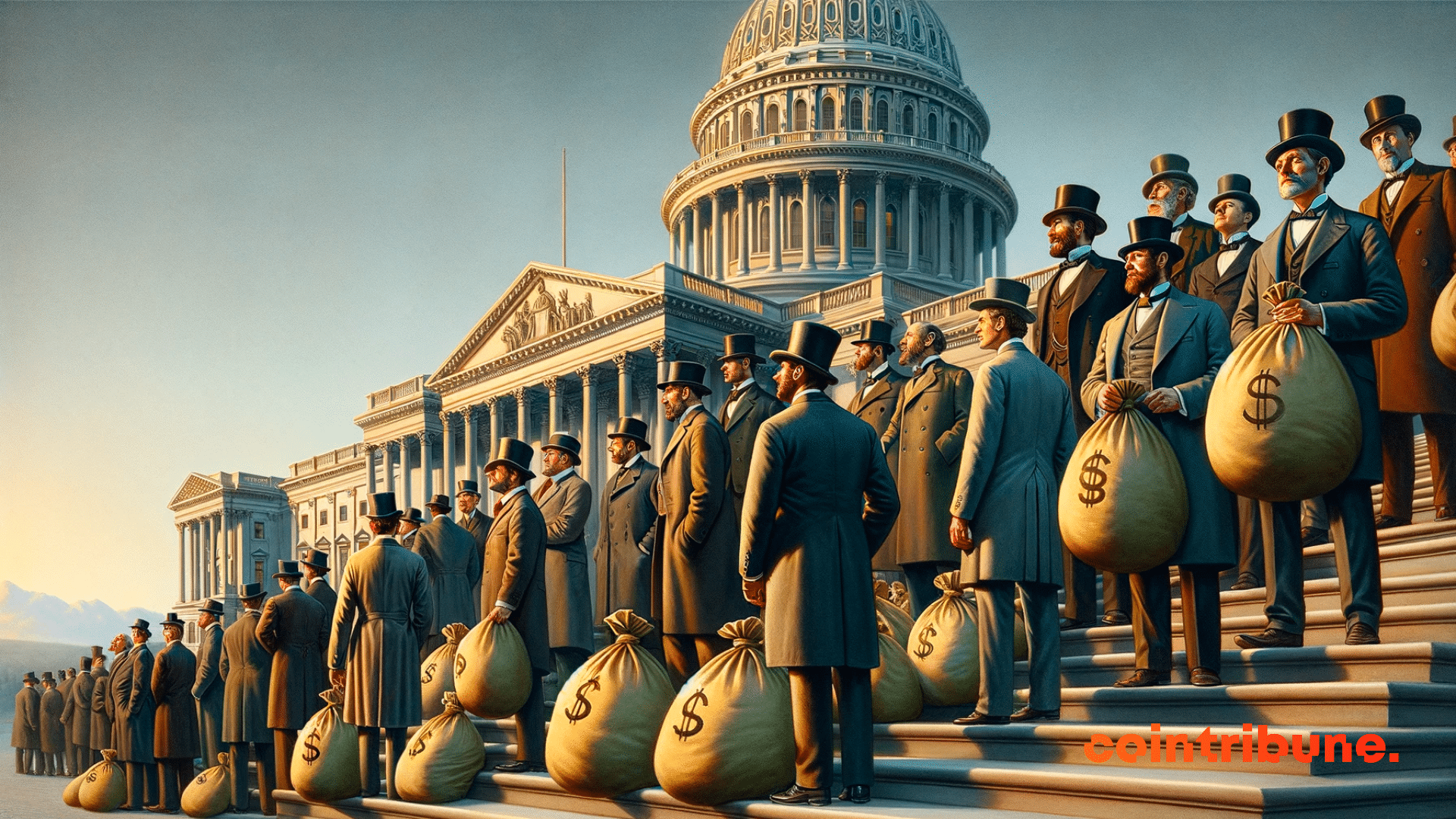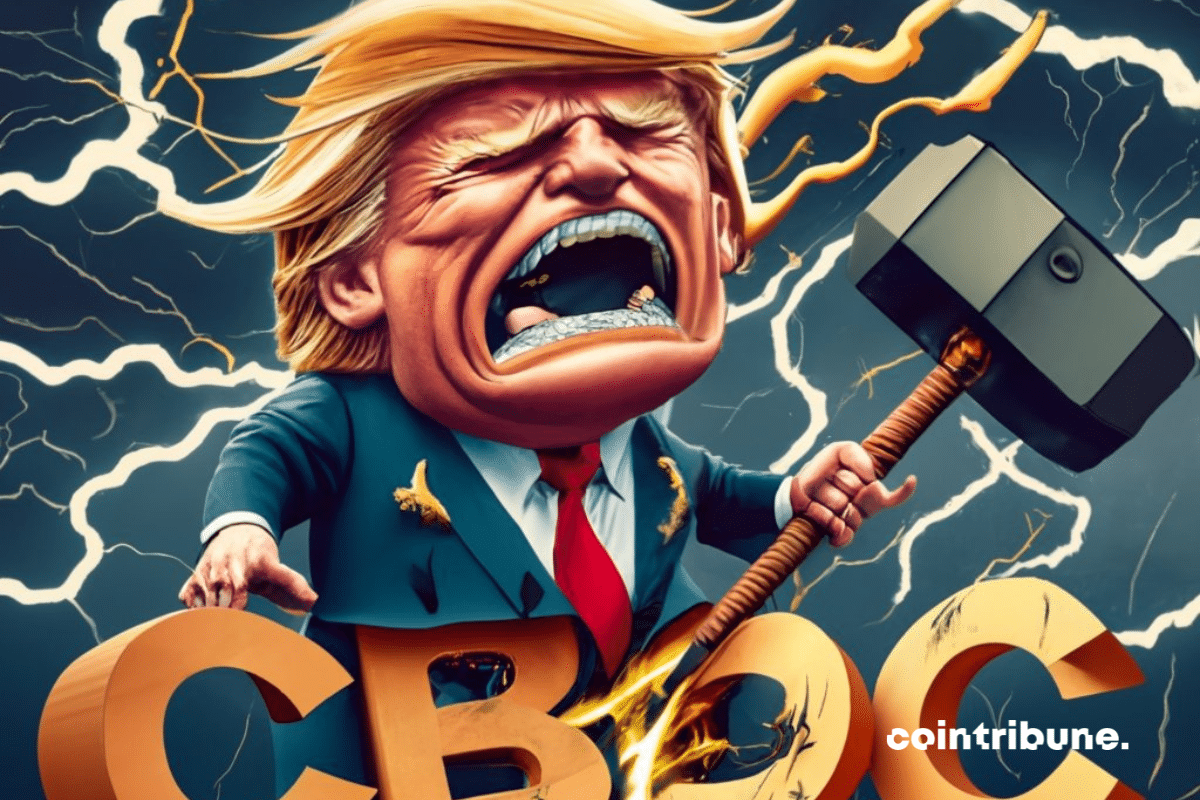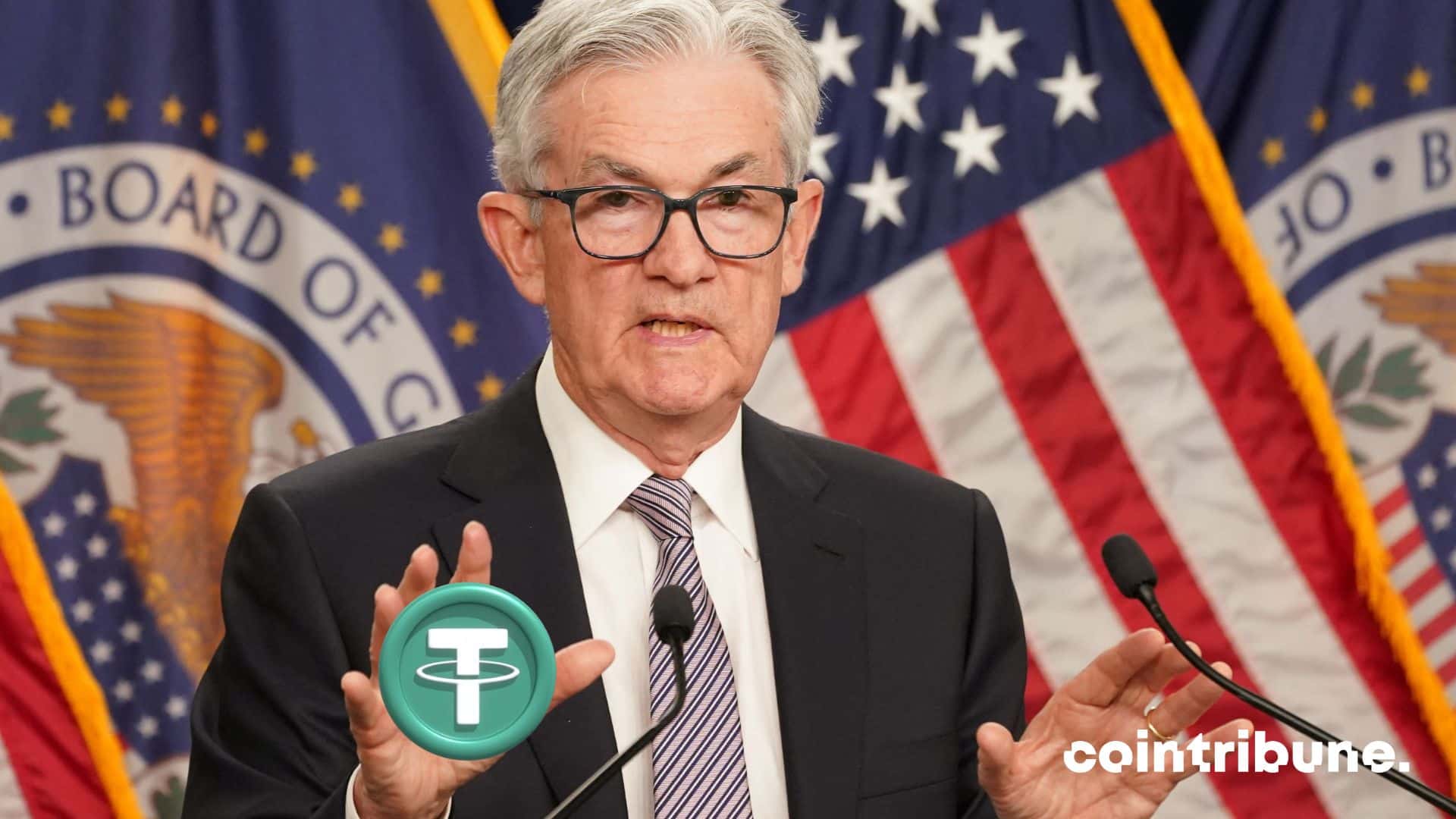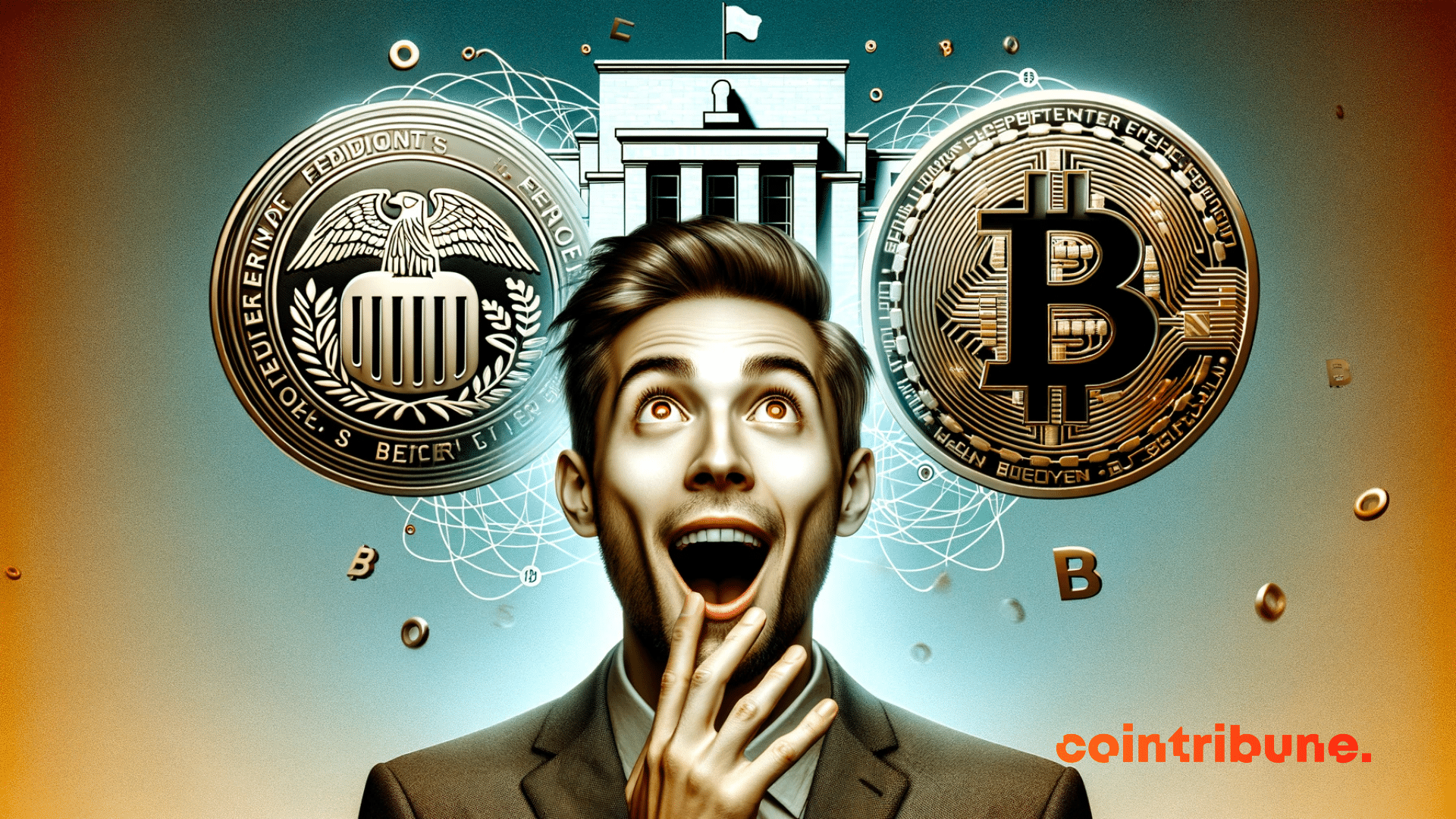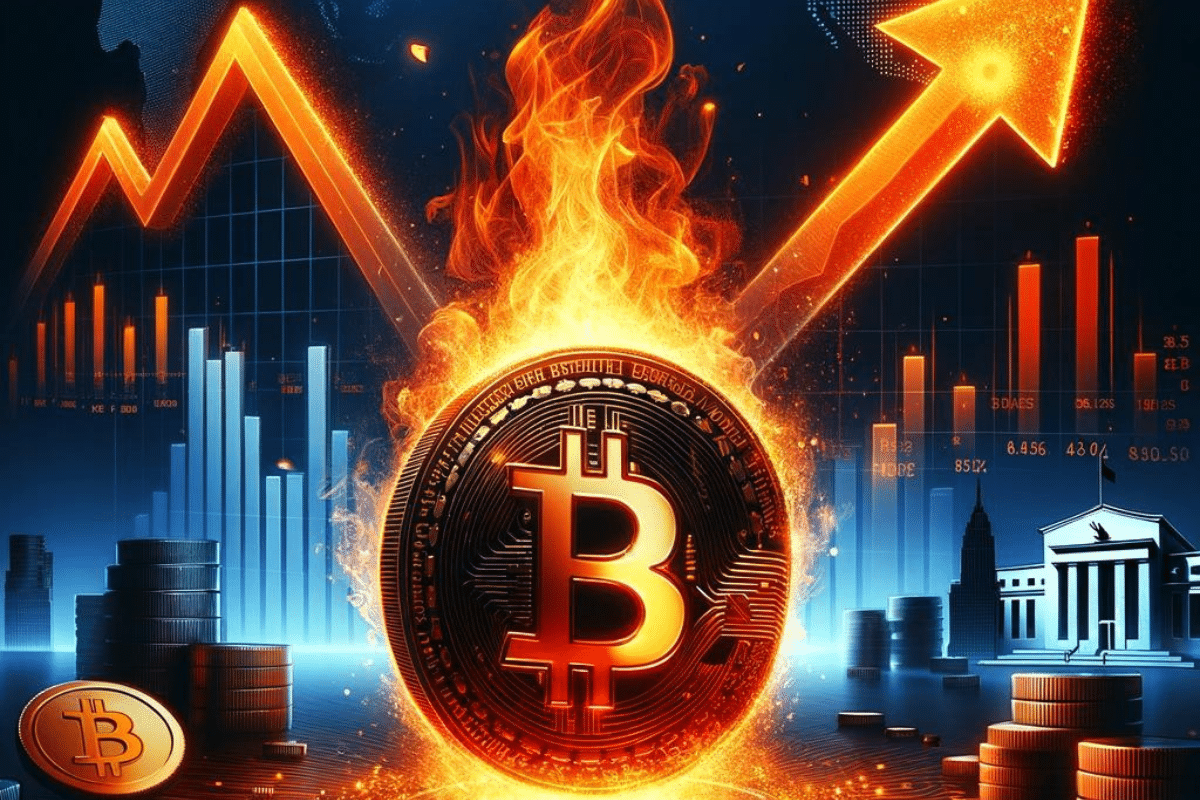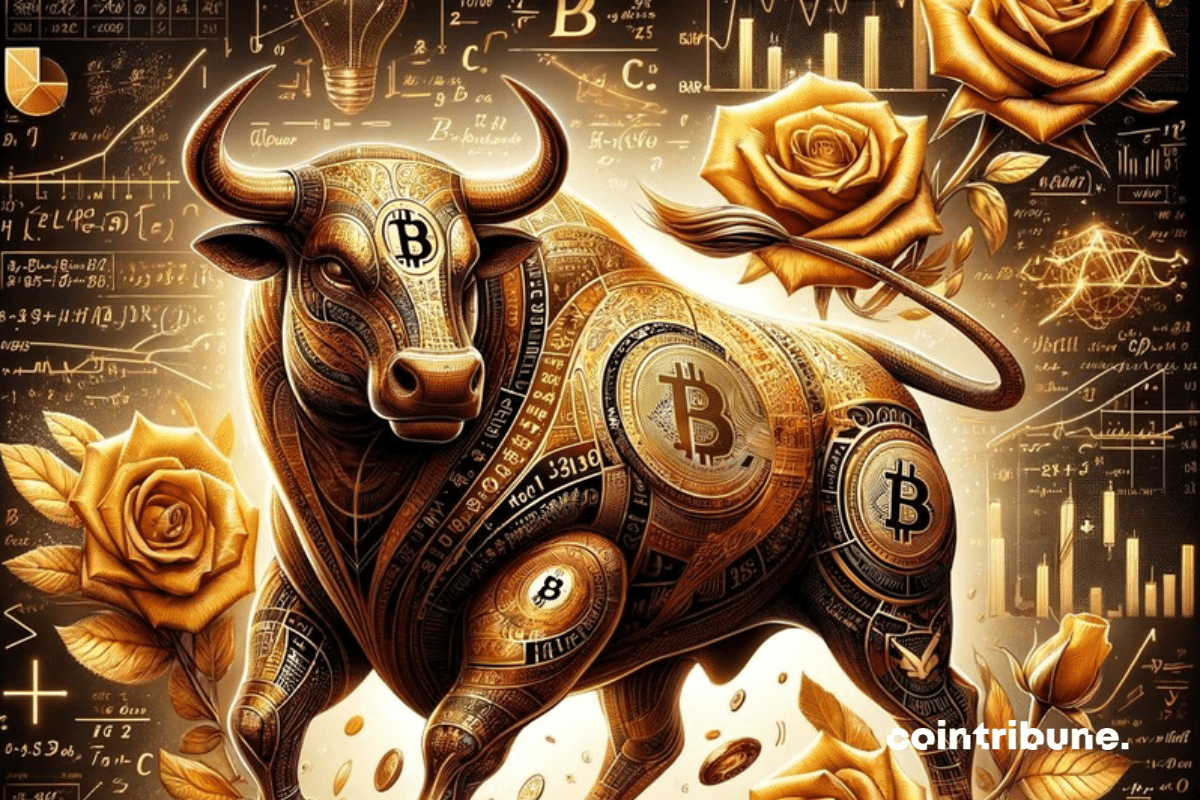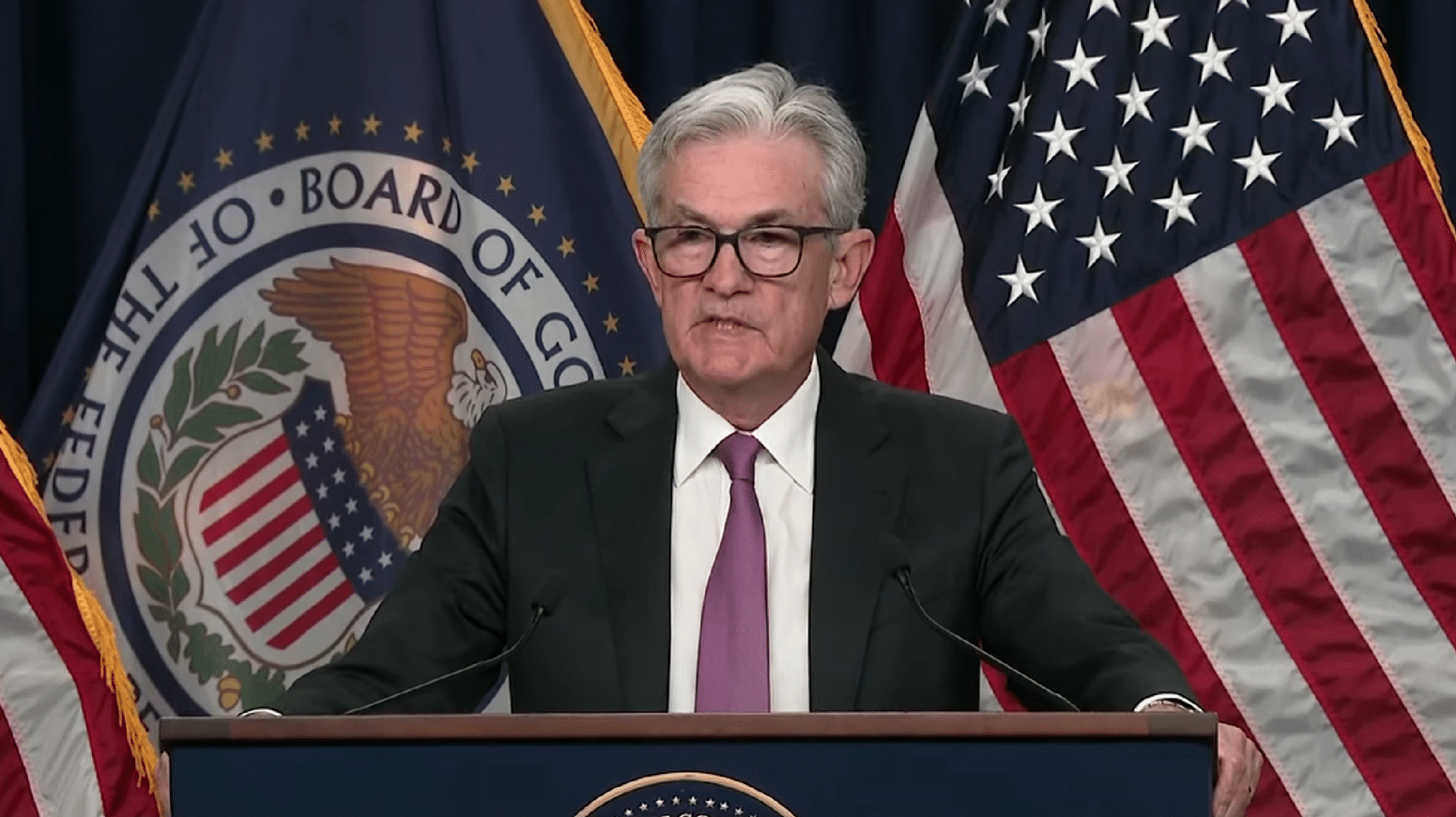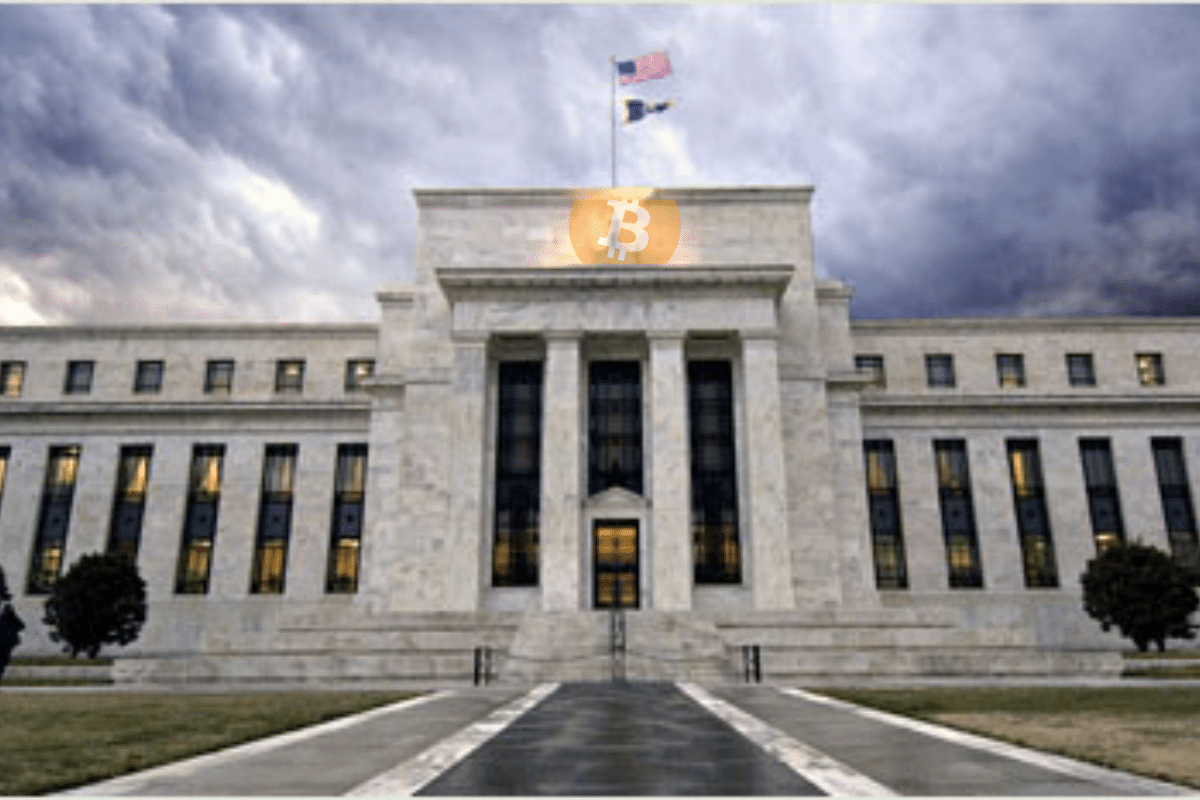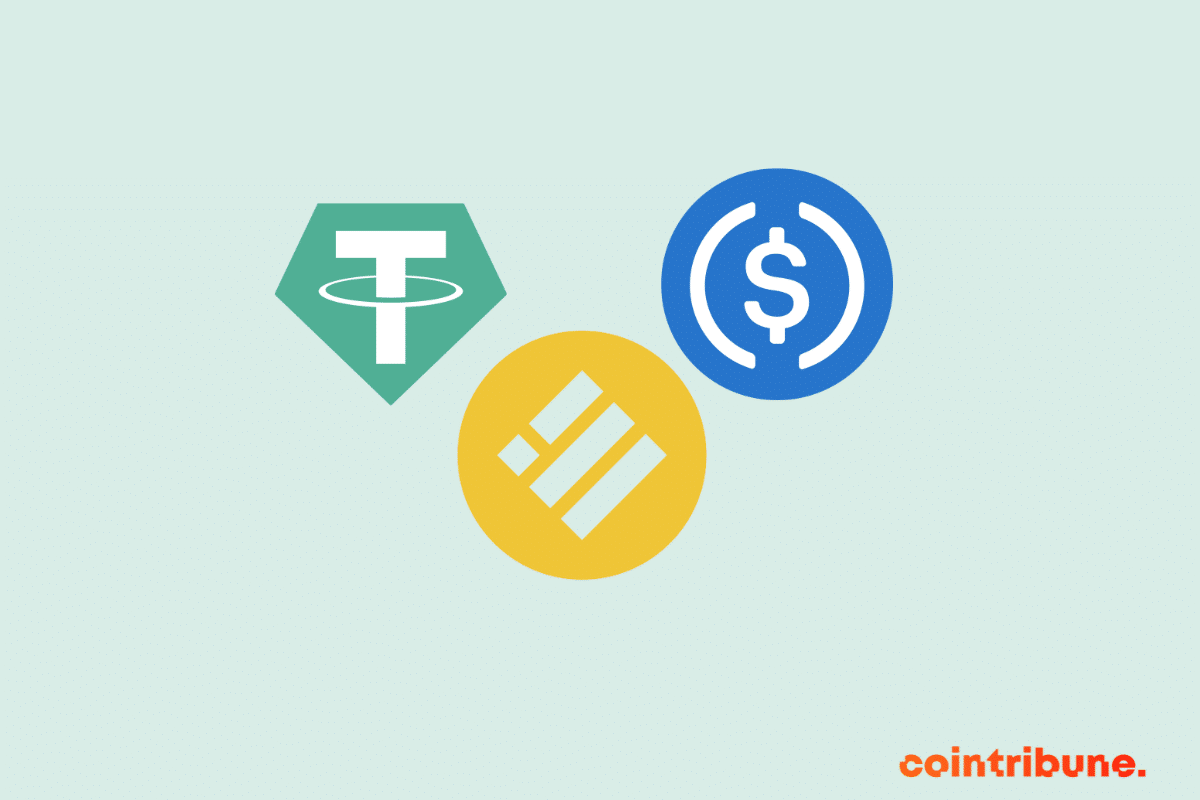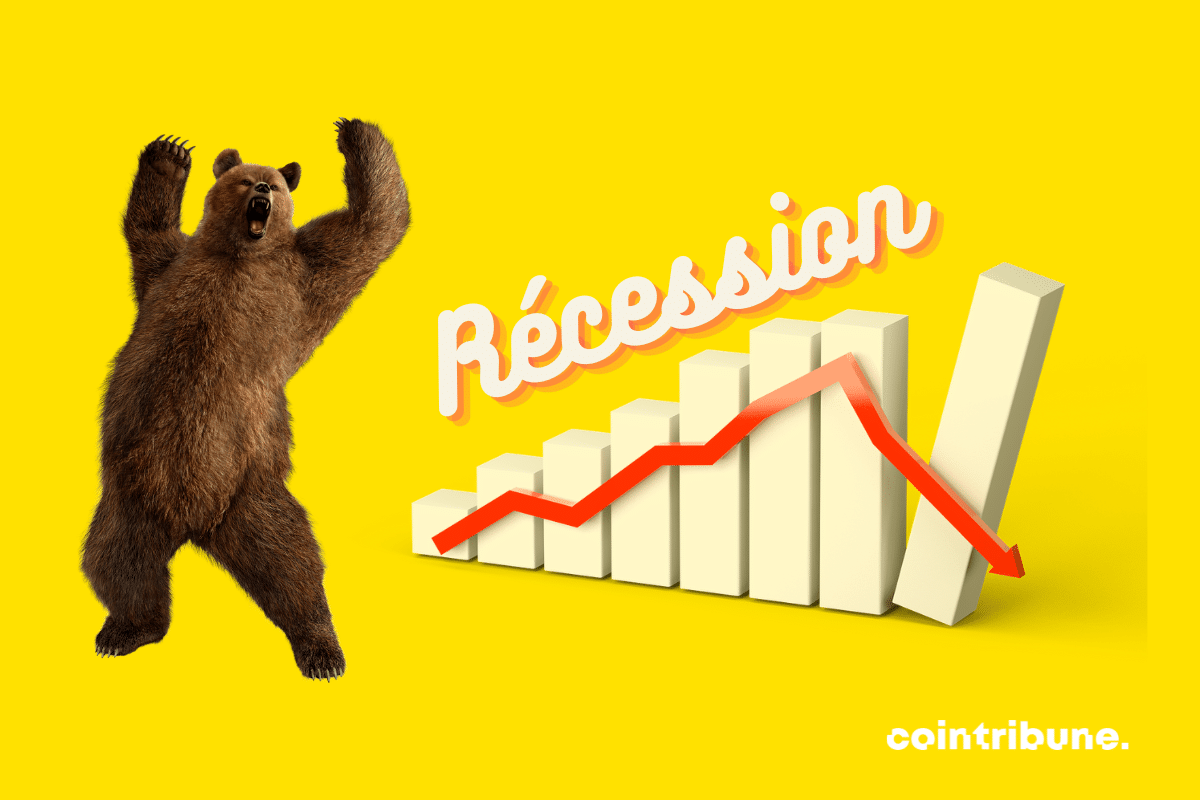SOL, down 10.7% in a month, struggles to surpass $104, raising persistent questions.
US Federal Reserve (FED)
The next decision from the Fed on interest rates could significantly influence the price of Bitcoin.
The famous economic analyst Noah Smith recently wrote an exciting article about bitcoin. He mentions the recent approval of ETFs by the SEC and the secret interests of certain bitcoiners. His thesis is striking: there would be an increasingly powerful Bitcoin lobby that would act in the shadows to create monetary chaos in the world.
During his campaign, Trump opposes the CBDC, claiming that it would give "absolute control over your money" to the federal government.
A reduction in the Fed rates in 2024 could encourage crypto investors to turn to DeFi returns and stablecoins.
Iran has recently called on the BRICS to establish a common currency to replace the dollar. This challenge to the dollar by Iran, but also increasingly by Saudi Arabia, explains why the Americans want to put an end to the Iranian regime. The end of the petrodollar would no longer allow the United States to finance its monstrous deficits through other countries.
It seems that everything is coming together for Bitcoin to have an explosive year in 2024. This week has been more significant than most others in terms of the state of the markets. Two major events happened simultaneously with the release of the latest inflation data and the December meeting of the Federal Reserve, which announced plans for a rate cut.
In the ever-shifting world of finance, a recent event has sparked excitement in the Bitcoin universe: the United States Federal Reserve has announced a significant interest rate cut by 2024. But how has this news ignited the cryptocurrency market? Let us embark on this financial adventure together, where numbers dance and cryptocurrencies soar!
All the pieces are falling into place one after another. Bitcoin ETF, Halving, new accounting standards, and now the Fed.
The brilliant bitcoiner and entrepreneur Balaji Srinivasan has just published a scathing critique of the American state in its handling of the FTX case. According to him, the SBF case reveals the immense level of corruption within the establishment.
Everyone is eagerly waiting for the FED to start lowering its rates (pivot). That's what traders are betting on.
In the face of a diverging path of U.S. dollar inflation from its usual trajectory, the United States Federal Reserve (FED) finds itself in a delicate situation. While the digital dollar project seemed to be the first line of defense, the FED now appears to be turning to a 'Plan B': the tokenization of real-world assets (RWA). Why such a pivot, and what can be expected from it?
As the SEC continues its hunt for crypto exchanges, the United States has decided to put the potential of stablecoins at the service of its economic policy. This is what can be deduced from a speech by U.S. Federal Reserve Chairman Jerome Powell, who acknowledges that stablecoins are a form of currency. Where does this sudden interest in stablecoins come from?
Inflation has been galloping for almost two years, mainly due to the profligacy of central banks. Since then, central banks have turned around and become a little more vigilant. Nevertheless, they face a colossal dilemma: the peril of debt or the peril of inflation. It's reasonable to assume that central banks will react this time, as they have every other time: by rearming their monetary bazooka. If so, it could well be the return of happy days for bitcoiners. Let's talk bull run.
All the ingredients for a 2008-style recession are there, says American investor Jim Rogers. But if their peculiarities are anything to go by, the worst is yet to come.
Unlike other cryptos, stablecoins inspire relatively more confidence among users. This is due to the stability of their value, which correlates with that of a fiat currency. However, their monetary status had never been officially recognized. At least, until Jerome Powell, Chairman of the US Federal Reserve (Fed), did so. Is this a turning point?

